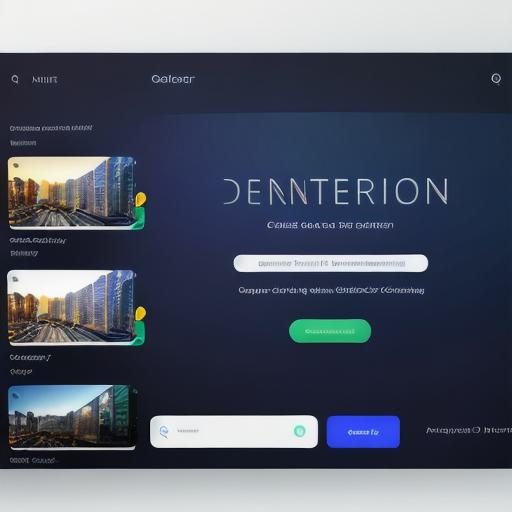Introduction:
The decentralized web, also known as the Web3, is an emerging technology that promises to revolutionize how we interact with data and each other. It aims to create a more secure, transparent, and democratic system of governance and ownership of digital assets. However, building a decentralized web requires a solid infrastructure that can handle the increased traffic, complexity, and security risks. This guide will provide an overview of Web3 infrastructure and help you understand how it works.
What is Web3 Infrastructure?
Web3 infrastructure refers to the underlying technology that enables the creation and operation of decentralized applications (dApps) and services. It includes blockchain networks, smart contracts, consensus mechanisms, and other tools that enable the secure and decentralized storage and transfer of data.
Blockchain Networks:
Blockchain networks are the backbone of Web3 infrastructure. They provide a secure and transparent way to store and transfer data without the need for intermediaries. The most well-known blockchain networks are Bitcoin, Ethereum, and Hyperledger Fabric. These networks use consensus mechanisms such as proof-of-work (PoW), proof-of-stake (PoS), or delegated proof-of-stake (DPoS) to validate transactions and maintain the integrity of the blockchain.
Smart Contracts:
Smart contracts are self-executing programs that run on a blockchain network. They enable the creation of decentralized applications and services that can automate complex processes, such as supply chain management, voting systems, and insurance claims. Smart contracts use programming languages such as Solidity, Vyper, and Rust to write code that can execute on a blockchain.
Consensus Mechanisms:
Consensus mechanisms are the algorithms that enable a blockchain network to reach agreement on the state of the ledger. They ensure that all nodes in the network agree on the same set of transactions and prevent double-spending or fraudulent activities. PoW, PoS, and DPoS are some of the most commonly used consensus mechanisms.
Benefits of Web3 Infrastructure:
Web3 infrastructure offers several benefits over traditional centralized systems. It provides increased security, transparency, and privacy. Decentralization removes the need for intermediaries and reduces the risk of censorship, fraud, and central authority control. It also enables greater accessibility and inclusivity, as users can participate directly in the network without relying on traditional institutions.

Case Studies:
Several companies have already started building Web3 infrastructure and are using it to develop new products and services. For example, Decentralized Finance (DeFi) applications such as Uniswap, Aave, and Compound are built on Ethereum blockchain network and use smart contracts to enable peer-to-peer lending, trading, and staking of digital assets. Another example is the supply chain management platform VeChainThor, which uses a private blockchain network to track the origin and movement of goods, ensuring their authenticity and reducing fraud.
Challenges:
Building Web3 infrastructure is not without its challenges. Security is one of the biggest concerns, as decentralized systems are more vulnerable to attacks such as 51% attacks, double-spending, and front-running. Another challenge is scalability, as blockchain networks struggle to handle the increased traffic and complexity of decentralized applications. Additionally, regulations and legal issues surrounding Web3 infrastructure are still emerging, which can create uncertainty for developers and users.
FAQs:
Q: What is Web3?
A: Web3 refers to the decentralized web, which aims to create a more secure, transparent, and democratic system of governance and ownership of digital assets.
Q: What is Web3 infrastructure?
A: Web3 infrastructure refers to the underlying technology that enables the creation and operation of decentralized applications and services. It includes blockchain networks, smart contracts, consensus mechanisms, and other tools that enable the secure and decentralized storage and transfer of data.

Q: What are the benefits of Web3 infrastructure?
A: Web3 infrastructure offers increased security, transparency, and privacy. Decentralization removes the need for intermediaries and reduces the risk of censorship, fraud, and central authority control. It also enables greater accessibility and inclusivity, as users can participate directly in the network without relying on traditional institutions.
Summary:
Web3 infrastructure is a crucial component of building a better future
